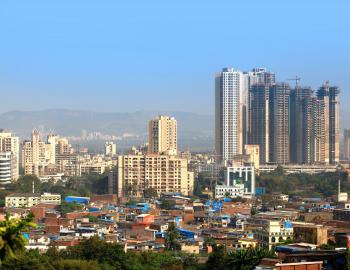INSIDE STORY: Distributing the benefits from REDD+ - the case of Viet Nam
INSIDE STORY: Distributing the benefits from REDD+ - the case of Viet Nam
Viet Nam has a rich history of benefit distribution systems for decentralised forest management. This experience is being used to help build a benefit distribution system that will be compliant with the Reducing Emissions from Deforestation and Forest Degradation (REDD+) programme being developed under the United Nations Framework Convention on Climate Change (UNFCCC). Participating in international capacity building programmes is also helping to design an effective system.
This Inside Story, Distributing the benefits from REDD+ - the case of Viet Nam, highlights key lessons learned from the Vietnamese experience, outlines the process of preparing such a system in the country, and lists the challenges that remain.
Viet Nam’s benefit distribution system will comply with the new REDD+ requirements and raise sensitive human and indigenous rights issues that will be addressed partly through free, prior informed consent. However, issues of carbon, land and forest tenure remain. Providing local communities with a meaningful role in the benefit distribution system preparatory process is vital for safeguarding social and economic benefits for local and indigenous communities.
Viet Nam’s experiences in planning for a REDD+ compliant benefit distribution system provide the following lessons:
- Be open to addressing sensitive governance issues.
- Learn from existing benefit distribution systems.
- Funding mechanisms must be flexible and transparent.
- Adapt the system to local needs through pilot programmes.
- Make free, prior and informed consent more effective.
- Safeguard benefits for communities.
Viet Nam’s experiences hold broader implications for other countries including the need for communities to have sufficient legal status and rights to participate independently and effectively in REDD+ contracts and the carbon market, the need for a decentralised institutional structure and clear legal status for communities, the need to keep REDD+ funds separate from general government revenues, and the benefits of linking payments to performance by using a formula to assess the actual and potential carbon stock of local forests and to measure progress towards REDD+ social and environmental objectives.
Photo courtesy of CIFOR



